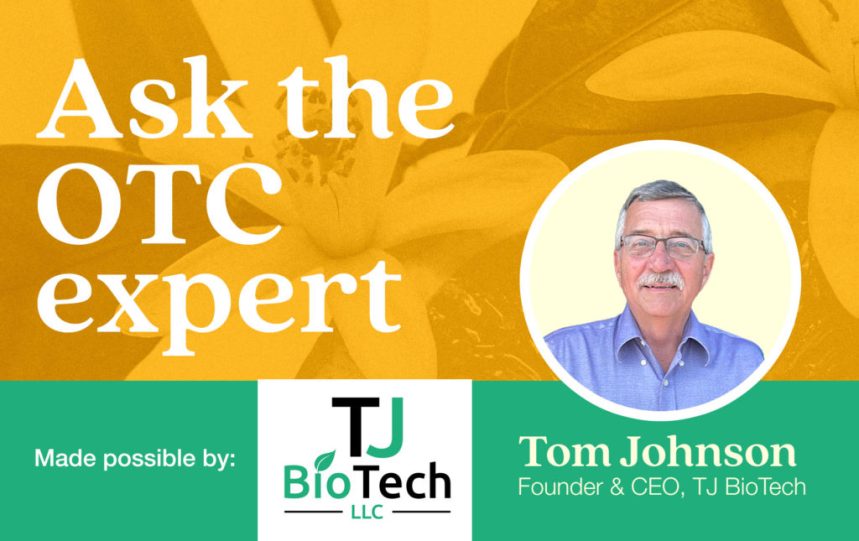
Sponsored Content
Question: Previous questions have been asked about increases in yield and quality of the citrus crop as groves begin to recover from HLB. Why does it take additional time to get quality to improve?
Answer: The ability of any crop to produce both high yield and high quality is an agronomic function of a plant’s ability to intake an abundance of nutrients. In large-acre annual crops such as corn, wheat, soybeans, etc., the yield potential of the crop is typically established early in the reproductive stages of growth. If the weather conditions and nutrient load have been favorable to establish a very high crop yield potential, there is a risk that the plants may have to reduce protein, test weight or some other quality factor to support a high-yielding crop. Another possibility is that the plant may abort some seed and actually reduce yield to compensate for a lack of nutrients.
There is a universal agronomic question that every grower needs to address. The question is often asked in this way from the fertilizer retailer: What yield goal do you want in order to determine your fertilizer input? That is often a difficult question to answer correctly before the annual crop has even been planted. Therefore, it is a common practice to add additional fertilizer during the crop season or near the end of the season to adjust for any error in the fertilizer rate or nutrient load at the front end.
The above is similar to the problem of nutrient uptake in HLB-affected groves. An HLB-infected tree has both a reduced root structure and blockage in the vascular tissue. These problems make nutrient uptake difficult and unpredictable.
Groves that have been injected with ReMedium TI® multiple times will tend to have significant improvement in the root structure and vascular system. This is very likely to improve the tree’s ability to carry more nutrients and sustain nutrient movement through the reproductive stage of growth. The result is improved yield as well as the ability of the tree to sustain quality. The fact that citrus trees are a perennial crop, not an annual crop, is the reason the recovery takes more than one year.
Early harvest results for the 2025–26 citrus season are showing improvement in both quantity and quality.










